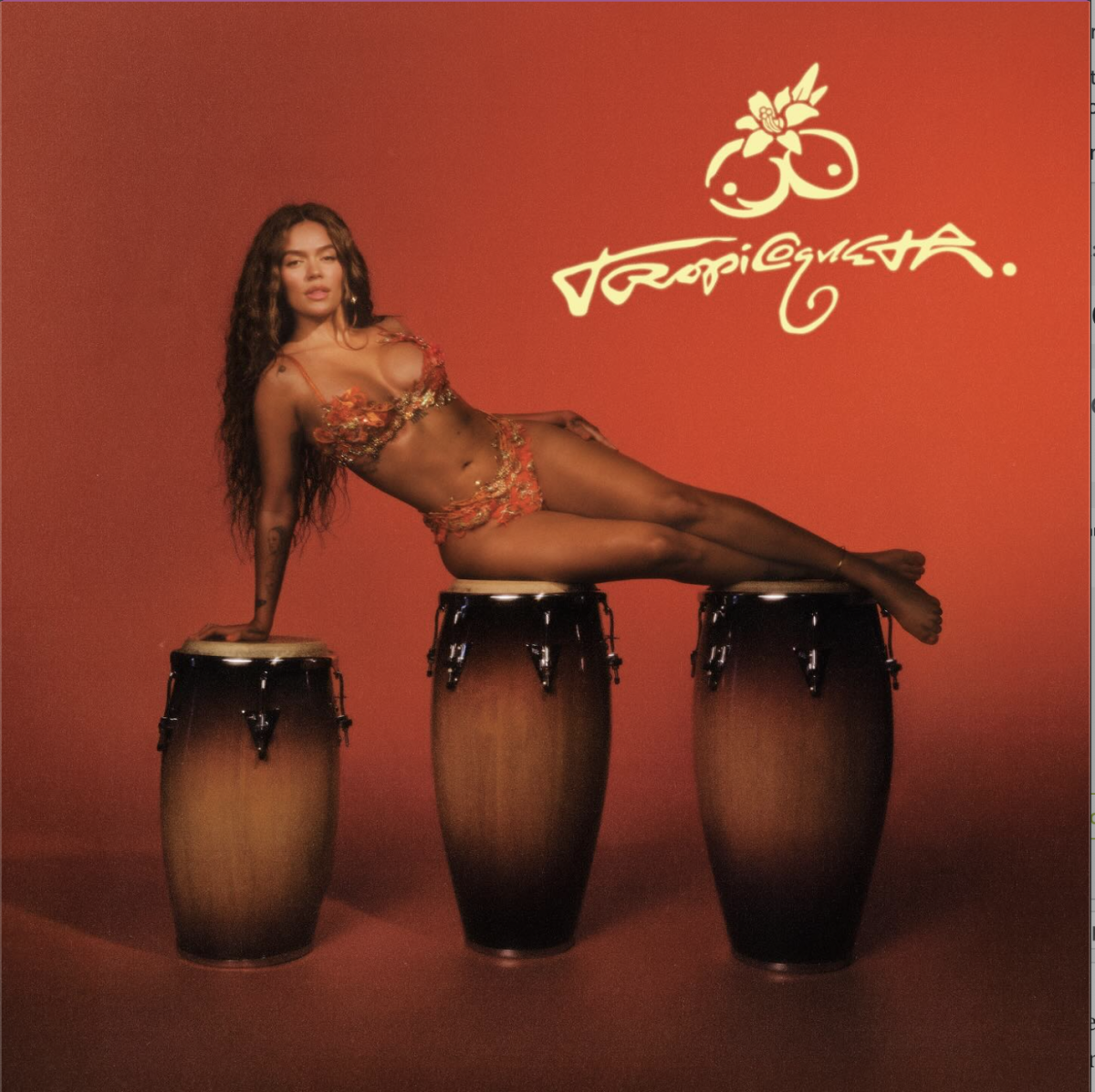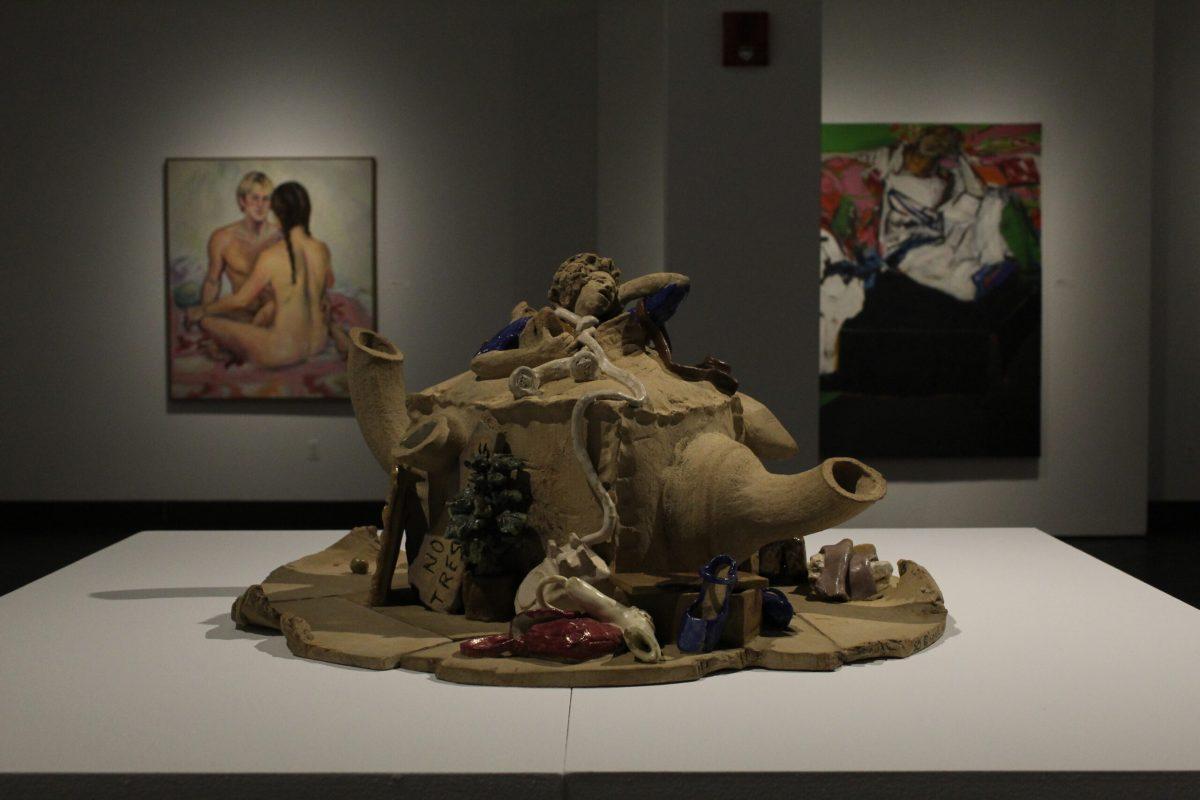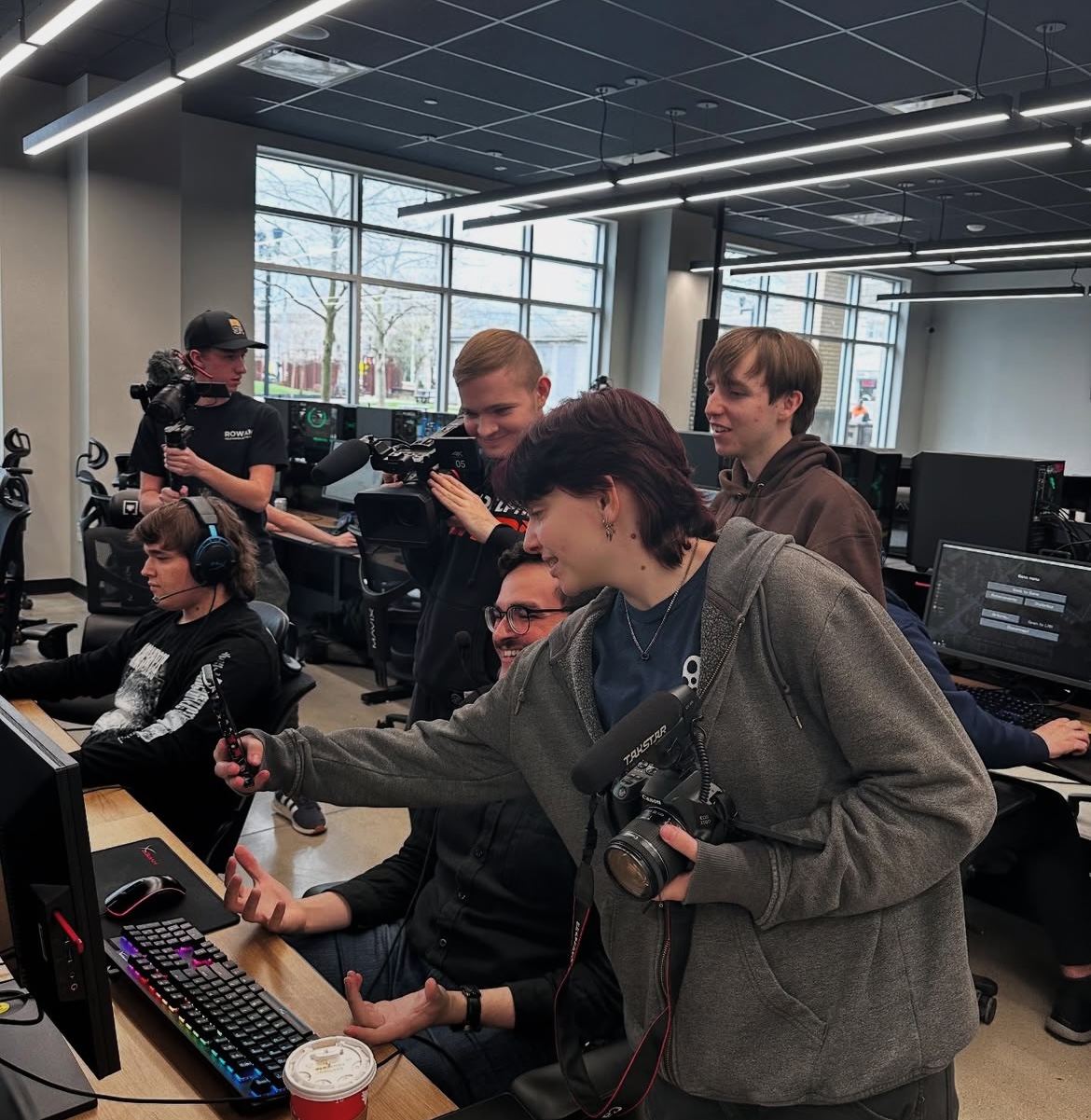Rowan University Art Gallery’s latest exhibition, “Looking Forward, Looking Back,” curated by Dr. Andrew Hottle, is a celebration of the gallery’s permanent collection. Established in 2011 through a generous gift from Sylvia Sleigh, the collection has grown to encompass approximately 300 works, with a focus on American women artists who were active during the pivotal years of the 1970s and 1980s.
“We don’t get to show our collection that frequently. So this was an opportunity since we had such a short window… decided to use the time to show some of our permanent collections,” said Mary Salvante, the gallery and exhibitions program director. “Dr. Andrew Hottle was primarily responsible for setting up the permanent collection, he had relationships with the artists and the focus of his scholarship is around feminist art. So he’s the one behind how we manage the art of this particular art collection.”
The exhibition is organized around five themes: Abstraction and Experimentation, Art History as Inspiration, Figure Studies and Portraiture, and Sylvia Sleigh as Artist-Collector, shedding light on the gallery’s unique history and collecting practice.
One of the notable artists featured in the exhibition is Dotty Attie, whose work appropriates and recontextualizes “old master” paintings from a feminist perspective. Her piece “The Scoutmaster’s Return” consists of four lithographs based on the portrait “Madame Riviere” by J.A.D. Ingres intentionally incorporates printing errors, challenging the notion of artistic perfection.
“When you’re printmaking, you have several passes on the plate to change the color, but you have to register it, meaning you have to line the paper up in the same place every single time,” Salvante said. “Otherwise, what you get is this kind of double image, but this artist determined that she liked the way that that looked and decided to make the series of prints off the register in an intentional way.”
Elizabeth Bisbing’s tiny collage interpretation of “A Young Princess,” thought to be “Dorothea of Denmark” by Jan Gossaert, is another highlight of the exhibition. Her handmade composition, mounted in an ornate frame, reveals the materials and craftsmanship behind the piece, inviting close observation and appreciation of its intricacies.
Louise Bourgeois, a renowned artist known for her feminist themes, is also represented in the exhibition with her piece “Femme-Maison,” which combines residential architecture and female body imagery to explore the relationship between women and the home. The title of the piece, meaning both “woman house” and “house-wife,” underscores Bourgeois’ exploration of female identity within the domestic realm.
Susan Grabel’s clay sculpture “Caught in the American Dream” is a thought-provoking critique of consumerism and its overwhelming effects on contemporary life. Depicting the inundation of consumer goods, Grabel’s piece raises questions about the cycle of endless purchases and its impact on society.
Salvante’s personal favorite in the exhibition is a painting by Elsa M. Goldsmith of Ann Brown, a housekeeper who developed a close friendship with the artist. Brown is portrayed in a seated position, turned towards an empty chair that emphasizes her solitude. The painting’s unfinished quality, with the lower part of Brown’s head wrap left incomplete, contrasts with the completed upper part, adding depth and complexity to the portrayal.
“What I love about this painting is how the artist paints it almost looks unfinished. She has the model as the central component, and the model is the only aspect of the painting that has colors,” Salvante said. “But she’s sort of in this relaxed position but there’s a little bit of tension too that’s happening.”
Sleigh, whose generous gift contributed to the gallery’s permanent collection, is also prominently featured in the exhibition with her piece “Portrait of an Actor: Sean Pratt.” Sleigh’s paintings of nude men in passive poses challenge the traditional portrayal of women as idealized objects of the male gaze, treating her subjects with dignity and individuality.
“Pratt was an actor at the time and they knew each other and she painted him. She was known for this kind of subject matter, so she was sought after for people to have their portraits done in this way,” Salvante said. “He is in a very relaxed pose, and there’s this tension in this painting too. There’s so much unsureness about their thoughts going on in the background as well.”
Sleigh’s photo of the American actor, who poses comfortably on a striped sofa, is uncompromising in its nudity. The artist, who is known for painting males with body hair, was especially pleased with her depiction of Pratt’s freckled skin.
The exhibition “Looking Forward, Looking Back” is a unique opportunity to explore the Rowan University Art Gallery’s permanent collection and appreciate the diverse works of talented artists who have contributed to its growth. The exhibition will be open until May 27 and admission is free to all.
Don’t miss the chance to engage with the thought-provoking themes and captivating artwork on display. Visit the gallery and immerse yourself in the rich artistic history and vision of these remarkable artists.
For questions/comments about this story email [email protected] or tweet @TheWhitOnline.

























































































































































!["Working with [Dr. Lynch] is always a learning experience for me. She is a treasure,” said Thomas. - Staff Writer / Kacie Scibilia](https://thewhitonline.com/wp-content/uploads/2025/04/choir-1-1200x694.jpg)













































Mary • Apr 27, 2023 at 2:36 pm
Thank you Al for a terrific article.